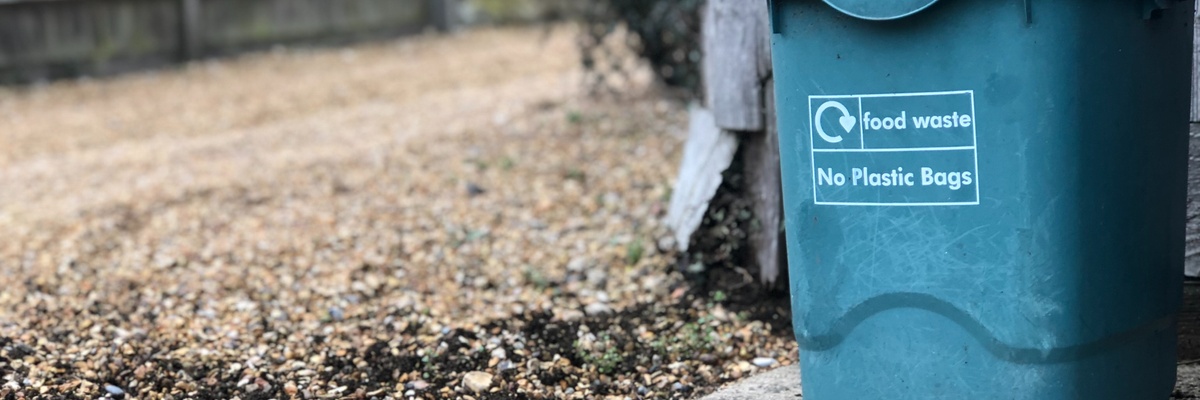
"Welcome to Community Composting on ChangeX. Food waste is the largest category of material in municipal landfills, where it creates methane, a powerful greenhouse gas. By composting our food waste we can greatly reduce the amounts of methane produced. In addition, the compost produced can reduce the need for chemical fertilizers and produce higher-yielding crops. We're excited to help you start a local composting program with your community group, church, school or workplace!" - Catherine Duffy, Creation Care, All Saints Episcopal Church, New Albany, Ohio

3-4 hours weekly during setup, then 1 hour weekly for maintenance.
Build Community Support
Start by engaging your existing community group—whether it's a church, school, neighbourhood association, or workplace.
Educate people about the environmental benefits of diverting food waste from landfill, including reduced methane emissions and the creation of valuable compost. Highlight potential financial benefits like reduced waste collection costs.
Use your project page to gauge interest and gather initial commitments. If your group has a community garden, emphasise how the finished compost can fertilise your soil.
Create excitement by explaining how collective action makes professional composting services accessible and affordable for everyone involved.
Find Local Composting Partner
Contact your county or town government waste management divisions to identify recommended local composting companies. These companies provide the specialised equipment needed to break down all food waste, including meat, cheese, bones, and biodegradable packaging that home composting cannot handle.
Discuss your community's size and expected waste volume to determine how many bins you'll need and collection frequency. The company should provide bins and clean them during each collection.
Start conservatively with bin numbers and collection frequency—you can adjust as participation grows and you better understand your community's waste patterns
Organise Distribution System
Create starter kits for all participating community members, including a food waste bucket with lid and compostable liners. Consult with your chosen composting company about their specific capabilities and restrictions, as different companies can process different materials. Create a clear, comprehensive list of acceptable items and include it with each starter kit.
Work with the composting company to source buckets, lids, and liners for your community—they often provide these materials or can recommend suppliers. Ensure everyone understands exactly what can and cannot be composted to avoid contamination issues.
Establish Collection Station
Identify an accessible location for the composting bins that works for both community members and the collection company. Consider locations like community centres, churches, or willing team members' front gardens. Ensure the site is convenient for regular use and accessible for collection vehicles.
Secure bins from animals using gates, latches, or weighted lids. Set up a simple system for community members to deposit their food waste, ensuring the area remains clean and odour-free. Establish clear guidelines for bin usage and maintenance responsibilities among your core organising team.
Track and Communicate Impact
Maintain community motivation by regularly sharing the impact of your collective efforts. Request weekly or monthly weight data from your composting company showing how much food waste you've diverted from landfill.
Use online calculators to convert this data into meaningful carbon equivalencies, such as cars driven or home energy consumption prevented. Share these updates through your community channels, celebrating milestones and recognising participants' contributions. This ongoing communication helps sustain engagement and demonstrates the tangible environmental benefits of your community's commitment to composting.